
Edwin Arthur Kraft (January 8, 1883 - July 15, 1962) was an American organist and choir-director.

Edwin Arthur Kraft (January 8, 1883 - July 15, 1962) was an American organist and choir-director.
Kraft was born in New Haven, Connecticut, on January 8, 1883. At age 15 he became organist at New Haven's Grace Methodist Church, and soon after became organist and choirmaster at the Church of the Ascension. [1] He studied music at Yale University under Horatio Parker and Harry Jepson before becoming became the organist at St. Thomas's Church in Brooklyn, N.Y. He then went to Europe for three years, studying organ with Grunicke and Edgar Stillman Kelley in Berlin and Alexandre Guilmant and Charles-Marie Widor in Paris. Upon returning to the US he took the position as organist of St. Matthew's Church in Wheeling, West Virginia. In 1907 he was chosen from among 90 applicants as the organist of Trinity Cathedral, Cleveland, and gave the dedicatory performance of its new Skinner Organ Co. pipe organ. [2] [1] In 1914 he moved to Atlanta to work as municipal organist but he returned to Trinity Cathedral the following year. Kraft also served as director of music at Lake Erie College and as head of the organ department at the Cleveland Institute of Music. [3] He finally retired from his position at the cathedral in 1959. He died on July 15, 1962, and was buried in the Mausoleum of Knollwood Cemetery. [4]
He married Nancy Lovis in December 1909 and had three children, Nanette, Margaret, and Edwin Arthur, Jr. The year after his wife's death in 1925 Kraft married his second wife, mezzo-soprano Marie Simmelink. [5] He was a fellow of the American Guild of Organists. [1]
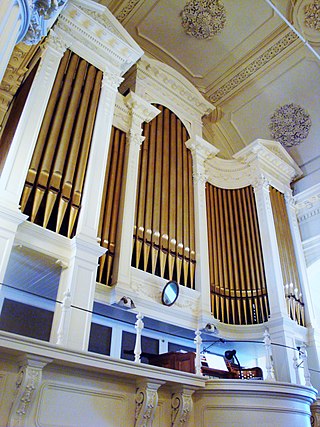
Æolian-Skinner Organ Company, Inc. of Boston, Massachusetts was an American builder of a large number of pipe organs from its inception as the Skinner Organ Company in 1901 until its closure in 1972. Key figures were Ernest M. Skinner (1866–1960), Arthur Hudson Marks (1875–1939), Joseph Silver Whiteford (1921-1978), and G. Donald Harrison (1889–1956). The company was formed from the merger of the Skinner Organ Company and the pipe organ division of the Æolian Company in 1932.

Horatio William Parker was an American composer, organist and teacher. He was a central figure in musical life in New Haven, Connecticut in the late 19th century, and is best remembered as the undergraduate teacher of Charles Ives while the composer attended Yale University.
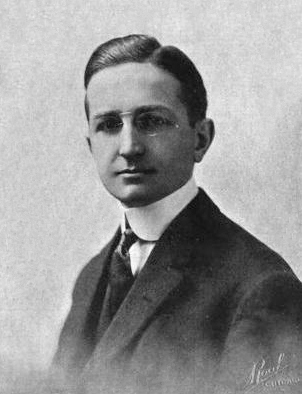
Ernest Martin Skinner was an American pipe organ builder. His electro-pneumatic switching systems advanced the technology of organ building in the first part of the 20th century.
David John Briggs is an English organist and composer.
Todd Wilson is an American organist and teacher based in Ohio.
Gerre Edward Hancock was an American organist, improviser, and composer. Hancock was Professor of Organ and Sacred Music at the University of Texas at Austin. He died of cardiac arrest in Austin, Texas, on Saturday, January 21, 2012.
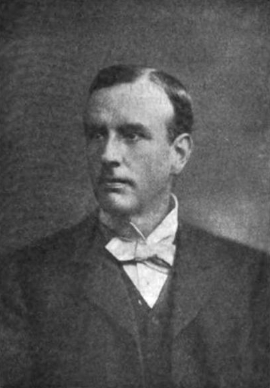
Alan Gray was an English organist and composer.
Jeremy Daniell Filsell is an English pianist, organist and composer who currently serves as director of music at Saint Thomas Church, New York City.

Edwin Henry Lemare was an English organist and composer who lived the latter part of his life in the United States. He was one of the most highly regarded and highly paid organists of his generation, as well as the greatest performer and one of the most important composers of the late Romantic English-American Organ School.

Wallace Arthur Sabin was a composer and organist, born in Culworth, Northamptonshire, England. He played organ from the age of 13 at various schools and churches in Oxford. He trained in music at Banbury and Oxford, and graduated from the Royal College of Organists in 1888. In 1890, he became a fellow of that college.

Sir Stanley Robert Marchant was an English church musician, teacher and composer. After more than 30 years as a church and cathedral organist he was appointed principal of the Royal Academy of Music (RAM), and was professor of music at the University of London.
Edwin Stephenson (1871–1922) was an English cathedral organist, who served in St. Philip's Cathedral, Birmingham.
Christopher Mark Houlihan is an American concert organist noted for his clarity, flexibility of rhythm, and technical achievement. His Vierne 2012 tour in which he performed Louis Vierne's complete organ symphonies in six cities across North America was met with critical acclaim.
Rudolf von Beckerath was a German master organ builder. He was born in Munich, to the painter Willy von Beckerath, but grew up in Hamburg, where his family moved the year he was born. He initially pursued an interest in mechanical engineering. After encountering the quality of northern German pipe organs, particularly that of master builder Arp Schnitger, von Beckerath's interest shifted. He trained as a cabinet maker at the art school in Hamburg, while studying the fundamentals of organ building on his own. In the cellar of his parents' home, he built a small house-organ, which was heard in a radio broadcast from the house and in concerts there.
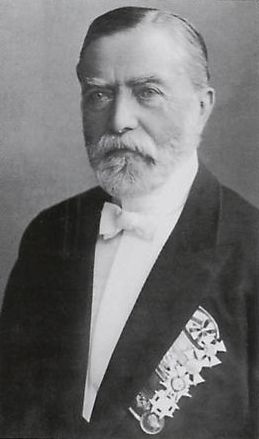
Wilhelm Carl Friedrich Sauer was a German pipe organ builder. One of the famous organ builders of the Romantic period, Sauer and his company W. Sauer Orgelbau built over 1,100 organs during his lifetime, amongst them the organs at Bremen Cathedral, Leipzig's St. Thomas Church, and Berlin Cathedral, which is considered to be "his final great masterpiece".
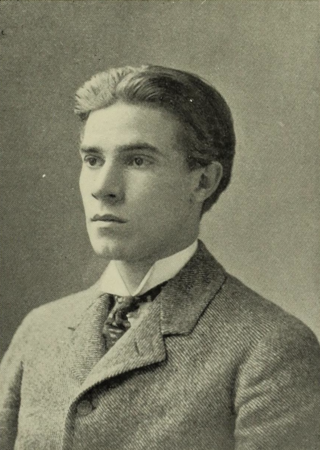
Harry Benjamin Jepson was an American organist and composer and the first University Organist of Yale University.

Philip Armes was an English organist, notably holding posts at Rochester, Chichester and Durham Cathedral.

James Hotchkiss Rogers was an American organist, composer, teacher, music critic, and publisher.
Clarence Everett Watters FAGO MMus was an American organist, choirmaster and teacher who specialized in the works of Johann Sebastian Bach as well as 19th and 20th century French composers such as Marcel Dupré, with whom he had studied in France. He directed the music department at Trinity College, Hartford, in Connecticut from 1932 to 1967 and was also a visiting professor of organ at Yale University.